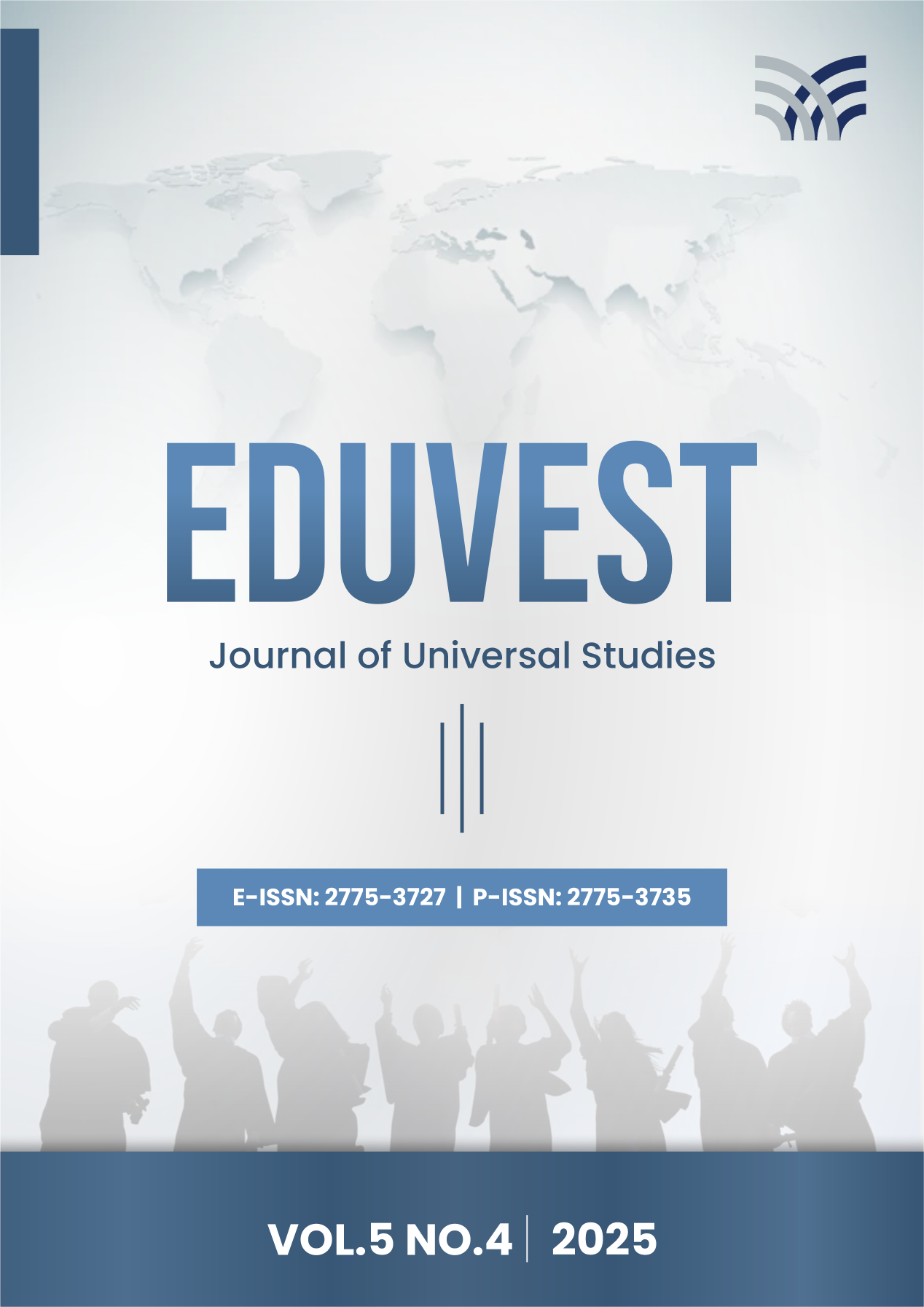Social Vulnerability of Multi-Hazard Disaster-Prone Areas in Palu City, Central Sulawesi
DOI:
https://doi.org/10.59188/eduvest.v5i4.30328Keywords:
Disaster, Multi-Hazard, Social Vulnerability, Disaster RiskAbstract
Palu City, Indonesia, is highly vulnerable to multi-hazard disasters (earthquakes, tsunamis, liquefaction, and fault lines), exacerbated by socioeconomic disparities and inadequate preparedness. Despite extensive hazard data, gaps persist in understanding social vulnerability dynamics in high-risk areas. This study assesses multi-hazard social vulnerability in Palu City to inform targeted DRR strategies. A mixed-methods approach integrates GIS-based hazard mapping (BNPB, 2023 data) with quantitative social vulnerability analysis (population density, gender, age, disability, education, and disaster preparedness groups) across East and West Palu. Results reveal homogeneous social vulnerability distribution, with coastal urban areas (e.g., Balaroa, Lere) facing the highest risk due to dense populations and limited resources. Disaster preparedness groups marginally mitigate vulnerability, but systemic gaps persist. The study underscores the need for inclusive, multi-hazard DRR policies prioritizing vulnerable groups and leveraging community-based interventions. Findings offer a replicable framework for other disaster-prone regions in Indonesia and globally.
Downloads
Published
How to Cite
Issue
Section
License
Copyright (c) 2025 Agus Susetyo, Wiwandari Handayani, Rezki Awalia

This work is licensed under a Creative Commons Attribution-ShareAlike 4.0 International License.











